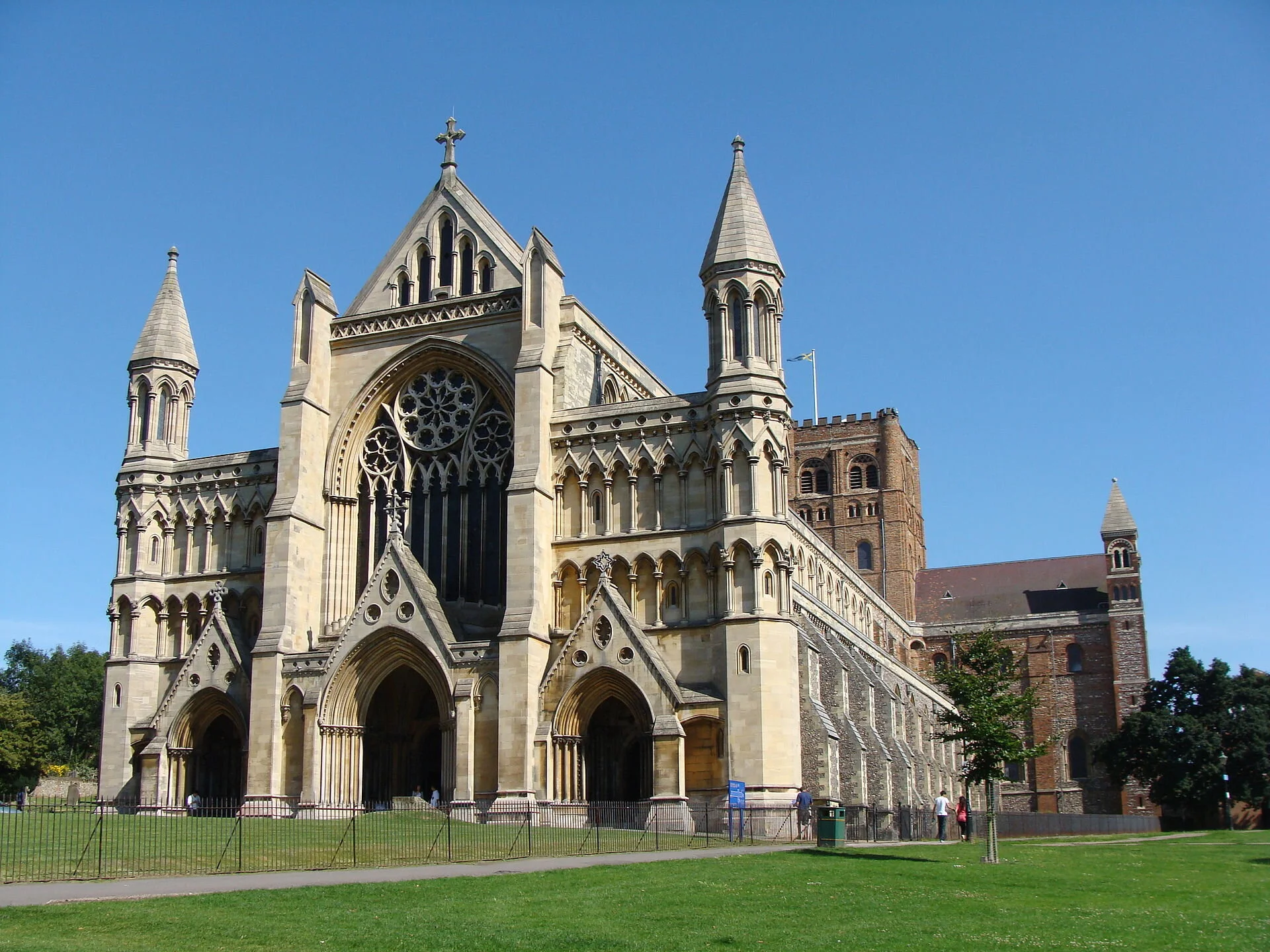Guildford Cathedral
Guildford Cathedral is big, it’s Battersea Power Station big. When I was walking up the hill from the station towards it, it struck me that this was the Battersea Power Station of prayer. Like Battersea, building began in the 1930s but unlike Battersea, it wasn’t finished until 1965.
The cathedral sits on top of Stag Hill, which used to be one of the hunting grounds for the Kings and Queens of England. These days, the cathedral shares the space with the main campus of the University of Surrey.
To me, Guildford has always been a commuter town with people taking advantage of the fast trains to Waterloo and the Waterloo and City line to their offices in the City of London. But, it has a far older history. It’s a Saxon town and before the Norman Conquest, it housed an early Royal mint. In the 17th and 18th Centuries, various waterways added to the town’s prosperity.
Guildford’s Anglican diocese was created in 1927 and Edward Maufe won the completion to design the new modern Cathedral. The budget was £250,000 (approximately £1.2 million) and work began in 1937 but was halted during the second world war. After the war, there was very little of the original budget left and a campaign started in 1952 to buy a brick to build the cathedral and in 1961, the Cathedral was consecrated in the presence of Her Majesty Queen Elizabeth the Second.
Unlike Medieval cathedrals, Guildford has very little stained glass. Some of it is great but some, in my opinion, should be replaced with plain glass as I think it negatively impacts the overall look and feel of the cathedral. When you visit it, let me know what you think.
What it does have are some wonderful etched glass on the west entrance doors and the south internal doors.
Here are a few of the photos I took during my visit.






